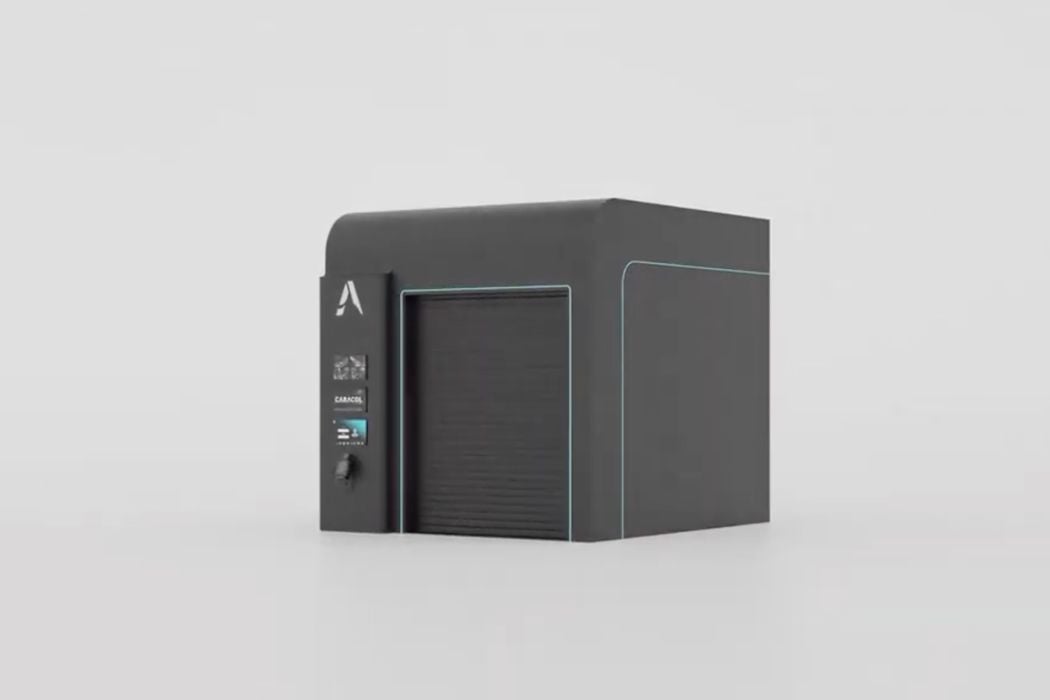
Caracol has made a big strategic shift: they’re now 3D printing metal.
The Italian company has been around for quite a while, specializing in large-format polymer 3D printing using robotic arms. They’ve been quite successful in that market, taking on a variety of projects — including a 3D printed sailboat.
This week they announced “Vipra”, a new line of metal 3D printers.
As you might expect, Vipra technology borrows considerably from Caracol’s experience with robotic systems on their polymer equipment. They’ve leveraged their expertise on process control into a new metal market.
Caracol CEO Francesco De Stefano explained:
“At Caracol, we believe that the future of manufacturing lies in combining a strong application focus with advanced innovative technologies that reshape the capabilities of industrial production lines. With Vipra AM, we’ve leveraged the extensive know-how developed over years working on advanced process control and software for Large Format AM with thermoplastics and composites materials, to develop a proprietary cutting-edge metal platform that combines state-of-the-art hardware and software, with advanced robotic monitoring and automation. Thanks to this innovative technology, we want to enlarge the possibilities of industrial manufacturers to produce their most complex large-scale projects.”
The Vipra systems use a wire arc additive manufacturing (WAAM) process. In WAAM, a metal rod is pushed into an electric plasma arc at the toolhead. The metal instantly melts and is deposited as the toolhead moves about in 3D space. This is a well-understood process that has been previously used by other 3D printer manufacturers.
Caracol launches the Vipra series with two models: the Vipra XQ and Vipra XP. The former is focused on the highest quality prints, while the latter is designed for the highest part throughput. Often these two objectives clash, so here Caracol is leaving the choice to the buyer.
Caracol recommends the Vipra XQ for parts requiring high integrity and quality, while the Vipra XP is suggested for applications requiring short lead times and lightweight parts. The Vipra XP system is also able to 3D print aluminum materials.
We don’t know much more about Vipra, as the company intends to publicly show the products at the upcoming Formnext trade show in Germany. We’ll be onsite and certainly take a close look at this new equipment.
Why would Caracol make this move? I can speculate that they may have realized that the metal market has more potential than the polymer market. That’s because metal parts are typically used for production purposes, meaning many more parts will be made. Polymer projects tend to be lower in volume. In other words, Caracol could sell a lot more metal equipment than they can do with polymer equipment.
However, there is significant competition. There are countless metal systems of a similar nature, many being built by companies that produce metal CNC milling equipment. It may be that Caracol brings something to the table that the others cannot, and we’ll see what that is in the next few weeks.
Via Caracol
